Despite its thousands of years of history and great potential, Vietnamese traditional medicine has not yet achieved a commensurate position in the region and does not have a clear international brand like Chinese medicine (China), Ayurveda (India) or Hanbang (Korea).
Building the "National Brand of Vietnamese Traditional Medicine" is an urgent step to standardize knowledge, improve products, expand the export of medicinal herbs and medical knowledge, thereby bringing the value of Vietnamese culture and medicine to the world .
1. National policy and strategy basis
- 1. National policy and strategy basis
- 2. Current status of Vietnam's traditional medicine industry
- 3. Development direction of the national brand "Vietnamese Traditional Medicine"
- 4. Exporting knowledge – a new direction of Vietnamese Traditional Medicine
- 5. Proposing development mechanisms and policies
The policy of developing traditional medicine has been clearly defined by the Party and State in many strategic documents:
- Resolution No. 72-NQ/TW dated September 9, 2025 of the Politburo "On a number of breakthrough solutions to strengthen the protection, care and improvement of people's health";
- Decision 1893/QD-TTg dated December 25, 2019 of the Prime Minister promulgating the Program for developing traditional medicine, combining traditional medicine with modern medicine until 2030;
- Directive No. 25/CT-TTg dated September 15, 2025 of the Prime Minister on promoting the development of Vietnamese traditional medicine in the new period...
These documents all emphasize the standardization, commercialization, and internationalization of Vietnamese traditional medicine products and services, aiming to build the national brand "Vietnam Traditional Medicine (VTM)" - similar to the brand "K-Medicine" of Korea or "AYUSH" of India.
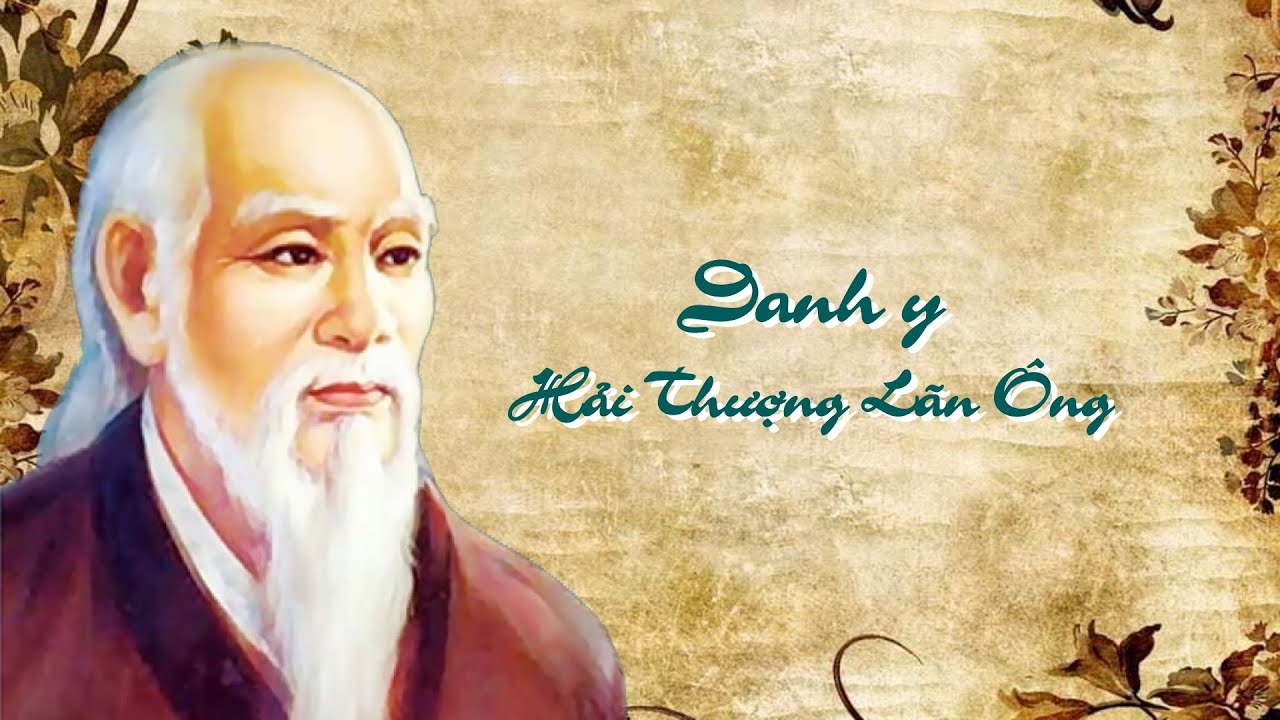
Hai Thuong Lan Ong Le Huu Trac was honored by UNESCO as a World Cultural Celebrity in 2013.
2. Current status of Vietnam's traditional medicine industry
Regarding potential: Vietnam has rich medicinal resources with over 5,100 medicinal plant species and 408 medicinal animal species. More than 10,000 traditional medicine recipes and folk experiences have been recorded by the Oriental Medicine Association, the Institute of Medicinal Materials and scientists. Hundreds of establishments producing traditional medicines and health protection foods from Vietnamese medicinal herbs have been established, creating a value of thousands of billions of VND each year.
Limitations : There is no unified national brand, leading to fragmentation and lack of uniformity in promotion and export. Lack of products meeting international standards (GMP-WHO, ISO, FDA, EMA) so it is not possible to penetrate deeply into the EU, US, and Japanese markets. Traditional knowledge has not been protected and legally transferred, leading to the risk of loss and unfair commercial exploitation. The medicinal value chain is still weak, from planting - harvesting - processing - distribution is still fragmented.
3. Development direction of the national brand "Vietnamese Traditional Medicine"
Building brand positioning
It is necessary to clearly define the core values of the national brand "Vietnamese Traditional Medicine" including three pillars:
- Unique traditional knowledge – inherited from famous physicians such as Tue Tinh, Hai Thuong Lan Ong, Hoang Nguyen Cat...
- Endemic indigenous medicinal resources - associated with diverse ecosystems and specialty medicinal regions (Sa Pa, Quang Nam, Central Highlands, Dong Thap Muoi...).
- Modern technology and international standards – combining tradition and science, creating effective, safe and clearly traceable products.
National brand positioning needs to emphasize the message: "Vietnamese traditional medicine - Eastern knowledge, global value".
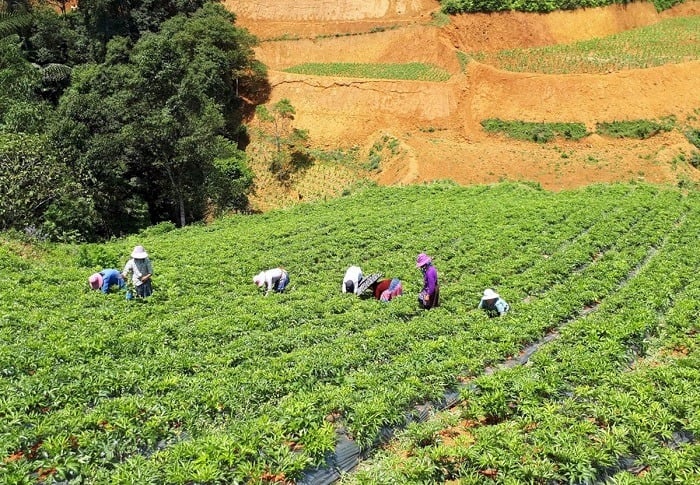
Vietnam has rich medicinal resources with over 5,100 species of medicinal plants.
Standardize products and management processes:
To be recognized as a "national product", Vietnamese traditional medicine and medicinal herbs need to have the entire value chain standardized, including: Medicinal herb growing areas meeting GACP-WHO standards; manufacturing plants meeting GMP-WHO or GMP-EU standards; GLP and ISO 17025 testing systems; scientific records on safety, efficacy, and clinical use; packaging, branding, and QR codes for traceability in Vietnamese and English.
In addition, the State needs to develop a set of criteria for "National Brand of Vietnamese Traditional Medicine", similar to the existing "Vietnam Value" criteria for industrial goods.
Developing key export products:
Five typical product groups can be selected to develop into strategic export products:
- Medicinal extracts and natural essences (Agarwood, Gynostemma pentaphyllum, Panax notoginseng, Turmeric, Polygonum multiflorum, Tea vine...).
- Modernly prepared traditional medicine (Ngoc Linh ginseng, capsules, liquid extract, instant tea, spray-dried form).
- Health care products, medicinal cosmetics (Agarwood, essential oils, serums, massage oils, herbal creams).
- Traditional therapy services (acupuncture, massage, health care, Vietnamese Oriental medicine spa).
- Traditional medicine knowledge and technology – transfer of formulas, prescriptions, extraction processes, and training of physicians.

Developing traditional medicine factories that meet GMP-WHO standards to serve domestic needs and export to the world.
4. Exporting knowledge – a new direction of Vietnamese Traditional Medicine
Different from exporting physical goods, exporting traditional medicine knowledge aims at: Transferring copyrighted formulas, prescriptions, and treatment models; international training on Vietnamese traditional medicine (through courses, training institutes, and bilateral cooperation programs); exporting traditional therapy services, building "Vietnamese Oriental Medicine Spas" abroad; licensing production, and international OEM cooperation based on Vietnamese medicinal knowledge.
Vietnam can learn from India’s successful model (AYUSH) – they not only export herbal medicines but also export Ayurvedic knowledge through research institutes, universities and treatment centers in more than 30 countries.
5. Proposing development mechanisms and policies
National policy on traditional medicine brands: The Ministry of Health coordinates with the Ministry of Science and Technology and the Ministry of Industry and Trade to develop the Project "National Brand of Vietnamese Traditional Medicine"; Issue logos, certificates and a set of criteria for national brand identification for qualified traditional medicine products, enterprises and organizations; Form the Vietnamese Traditional Medicine Brand Council chaired by the Ministry of Health, with the Oriental Medicine Association and the Medicinal Materials Association participating.
Financial policy and business support: Support traditional medicine production enterprises to meet international GMP and ISO standards; reduce import tax on extraction equipment and medicinal preparation technology; prioritize credit and innovation investment funds for traditional medicine enterprises.
Knowledge and intellectual property protection: Establish a database of Vietnamese traditional medicine knowledge to serve international protection; register geographical indications and collective trademarks for famous medicinal regions (Ngoc Linh Ginseng, Ba Kich Quang Ninh, Ha Thu O Ha Giang...); protect ownership rights of traditional medicine formulas when commercialized.
International communication and promotion strategy: Organize the annual "Vietnam Traditional Medicine Week" in ASEAN countries, Korea, Japan, France; build an international electronic information portal (multi-language portal) to introduce Vietnamese traditional medicine, products and services; include "Vietnam Traditional Medicine" content in the national culture and tourism program.
Developing the national brand "Vietnamese Traditional Medicine" is a strategic step to raise the status of traditional medicine, turning traditional knowledge into a source of knowledge - green economy of the country. With a synchronous protection, standardization and promotion mechanism, Vietnam can completely become the leading center of Traditional Medicine in Southeast Asia, not only exporting medicinal products but also exporting knowledge, technology and Vietnamese medical culture to the world.
See more popular articles:
Source: https://suckhoedoisong.vn/phat-trien-thuong-hieu-quoc-gia-huong-toi-xuat-khau-tri-thuc-va-san-pham-duoc-lieu-169251103142447934.htm


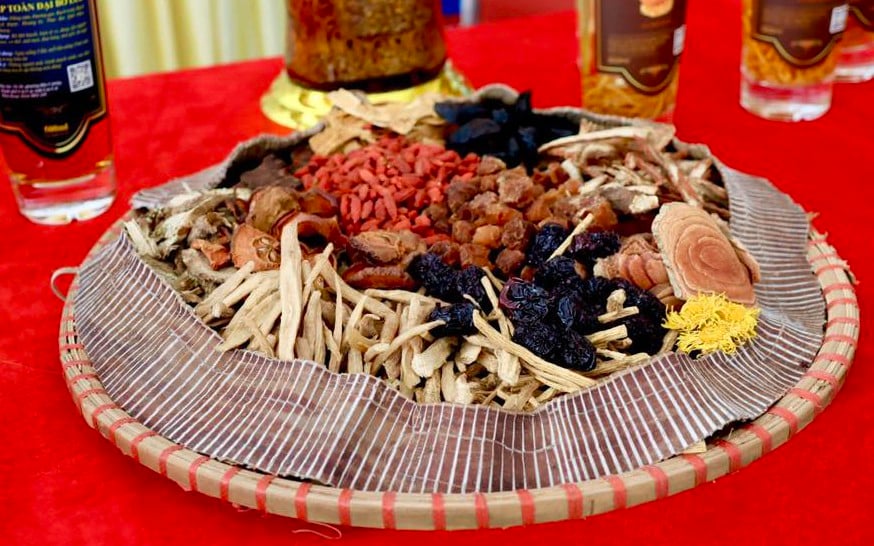





![[Photo] Opening of the 14th Conference of the 13th Party Central Committee](https://vphoto.vietnam.vn/thumb/1200x675/vietnam/resource/IMAGE/2025/11/05/1762310995216_a5-bnd-5742-5255-jpg.webp)


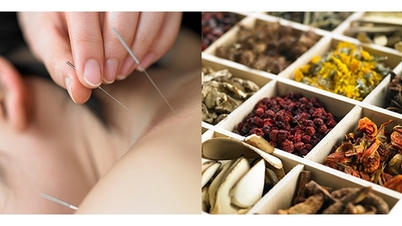











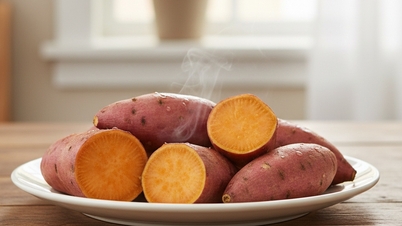






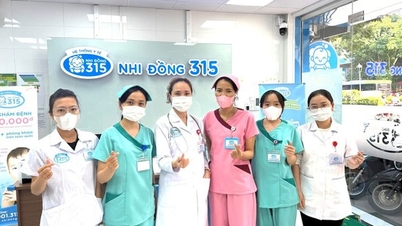
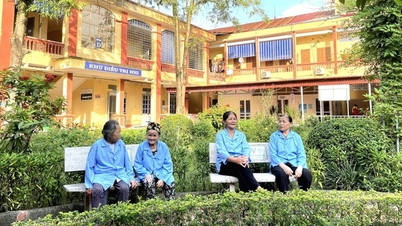



![[Photo] Panorama of the Patriotic Emulation Congress of Nhan Dan Newspaper for the period 2025-2030](https://vphoto.vietnam.vn/thumb/1200x675/vietnam/resource/IMAGE/2025/11/04/1762252775462_ndo_br_dhthiduayeuncbaond-6125-jpg.webp)



































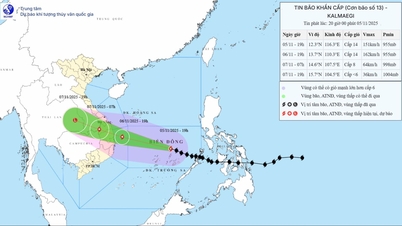

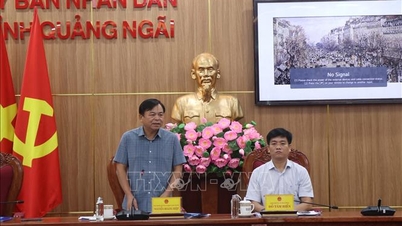





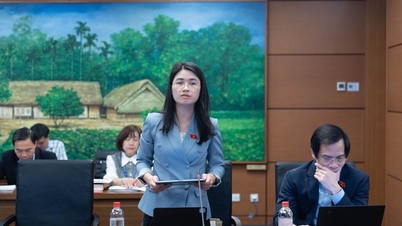


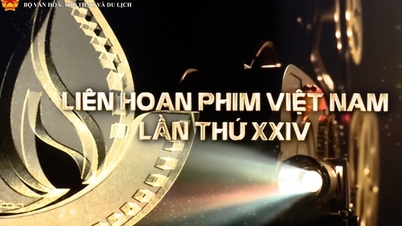

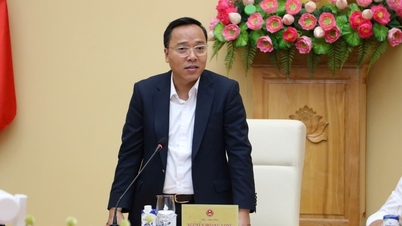





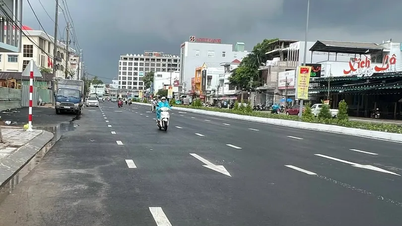



















Comment (0)